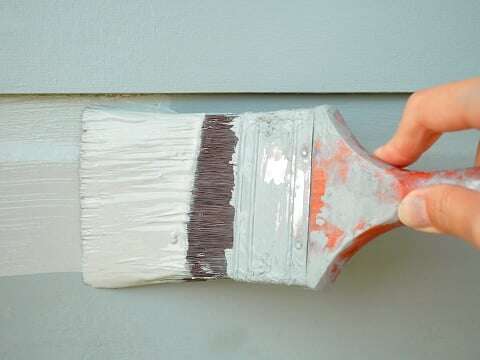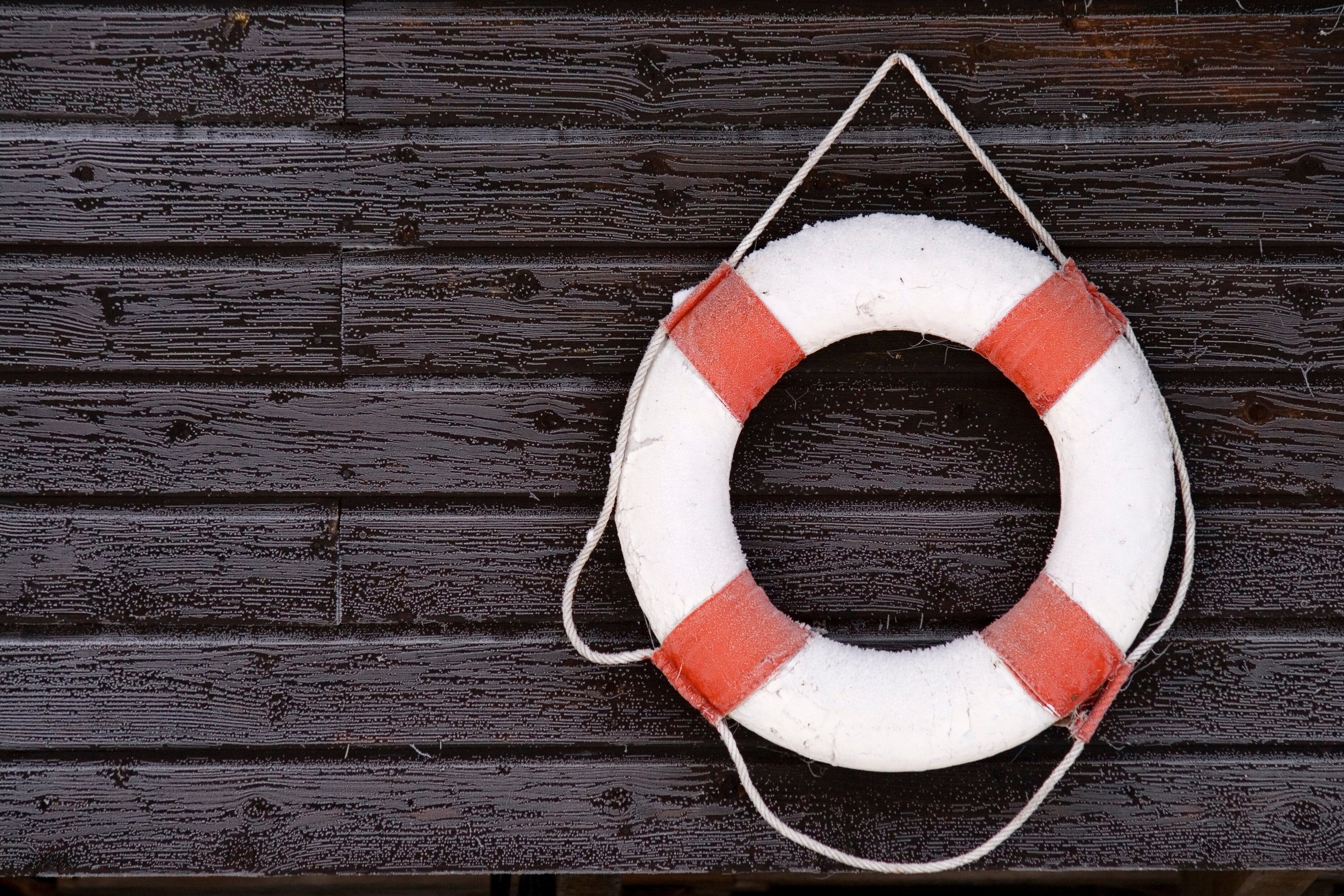 To make everything run smoothly in your kitchen you have to understand what each part of an appliance does. Yet, have you ever found yourself wondering what the heck the little valve next to your kitchen does? It’s been there for years but until now you’ve never even looked twice at it.
To make everything run smoothly in your kitchen you have to understand what each part of an appliance does. Yet, have you ever found yourself wondering what the heck the little valve next to your kitchen does? It’s been there for years but until now you’ve never even looked twice at it.
While you may guess that the valve has something to do with your kitchen sink, mainly because it's right next to it, you'd be incorrect. The valve is actually for the dishwasher and is commonly known as the dishwasher air gap. An air gap's purpose is to prevent drain water from the kitchen sink backing up into the dishwasher, contaminating your cleanly washed dishes.
Here is a photo outlining the connection process:

Now that you know what it is, how does it actually work? The American Home Shield does a great job explains the details, read below.
How an Air Gab Works
Picture your kitchen faucet and sink. If the sink drain becomes clogged and water backs up into the sink, that water can't reach the faucet outlet because of the “air gap” separating the two. The faucet outlet is always higher than the rim of the sink, which creates an air gap between the two. The backed-up sink water won’t reach the faucet outlet and contaminate your water supply.
The same principle applies to your dishwasher air gap. The device is usually a small cylinder sitting on your cabinet top near the sink and faucet. As your dishwasher cleans your dishes, the waste water is pumped out of the dishwasher and carried by a hose to the air gap.
Like your faucet opening above the sink, the outlet from the dishwasher hose in the air gap is higher than the opening to the drain hose leading away from the device. As with the faucet and the sink, an air gap separates the two hoses.
If everything works properly, the dishwasher pumps waste water to the air gap where it’s moved away by the drain hose to the garbage disposal. And the air gap separating the openings of the two hoses normally prevents waste water from backing up and contaminating your freshly washed dishes. You can find an illustration of a dishwasher air gap here.
[Continue reading article to learn DIY tips when water comes out of the gap]
Issues with the Air Gap?
You may have only just noticed the weird valve next to your kitchen sink because it started to make strange noises or water is coming out of it. Either option is a key indicator that something isn't working correctly.
The most common issues with an air gap are a clog within the air gap itself, a clog in the vent, or water is flowing out of it. You can try fixing the issue yourself before calling an Expert. Don't even want to try fixing the issue yourself? It's always better to be safe than sorry and call an Expert before you end up doing more damage than good.
Other Dishwasher Venting Systems
Seen this weird valve in other people's kitchen but not in yours? Check to see if you have a high loop system.
The high loop system is when the dishwasher's drain line is looped as high as possible under the countertop before running back down to connect to the draining system. Having the drain line looped as high as possible, usually above the flood level of the dishwashers, makes it a long shot that the drain water will be siphoned back into the dishwasher.
Not only can you identify the valve next to the kitchen sink, but now you can also explain what it does and why it's important to have one! If you come into any problems with your dishwasher air gap or have any other kitchen plumbing issues don't hesitate to call an Expert!








